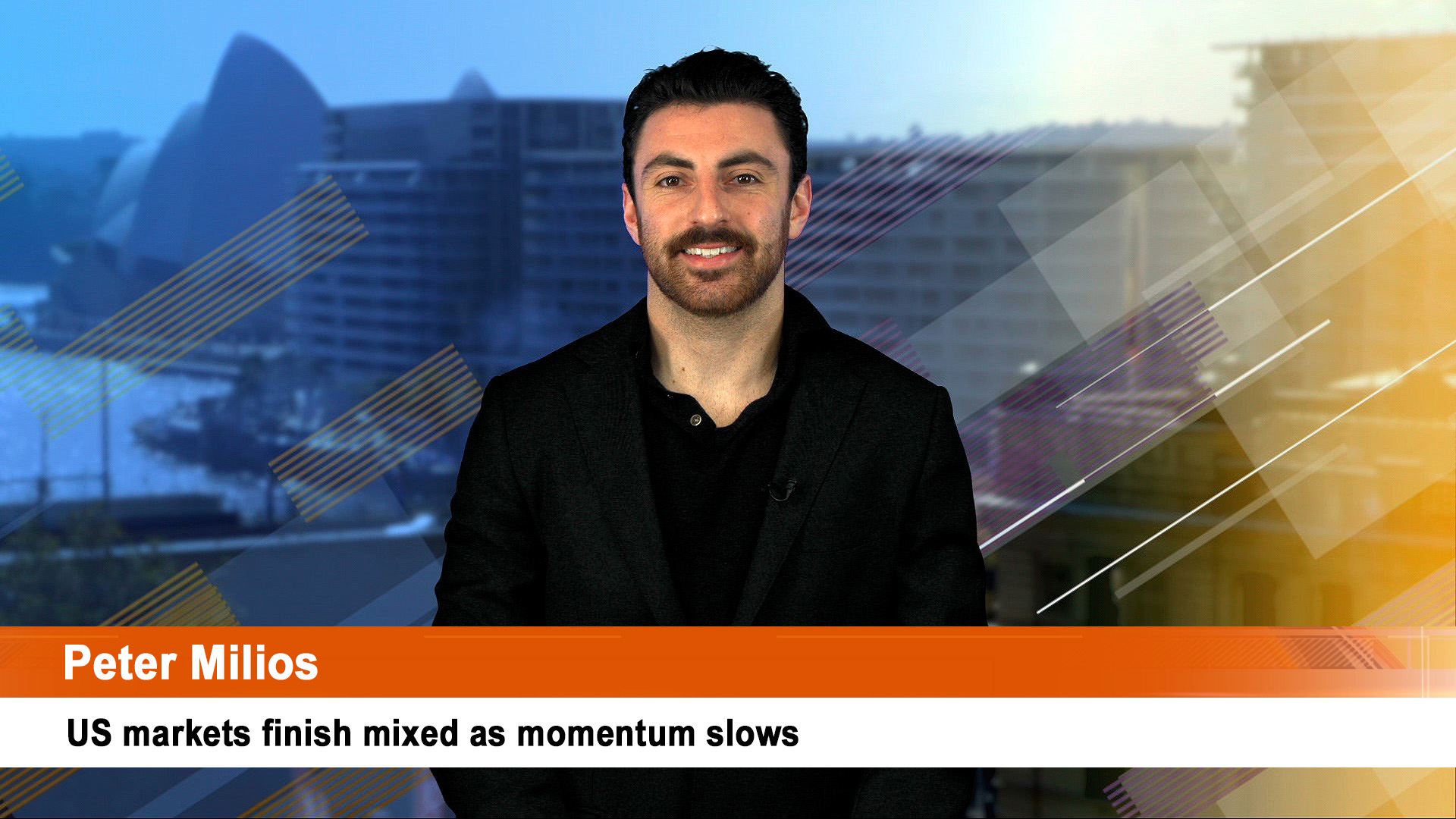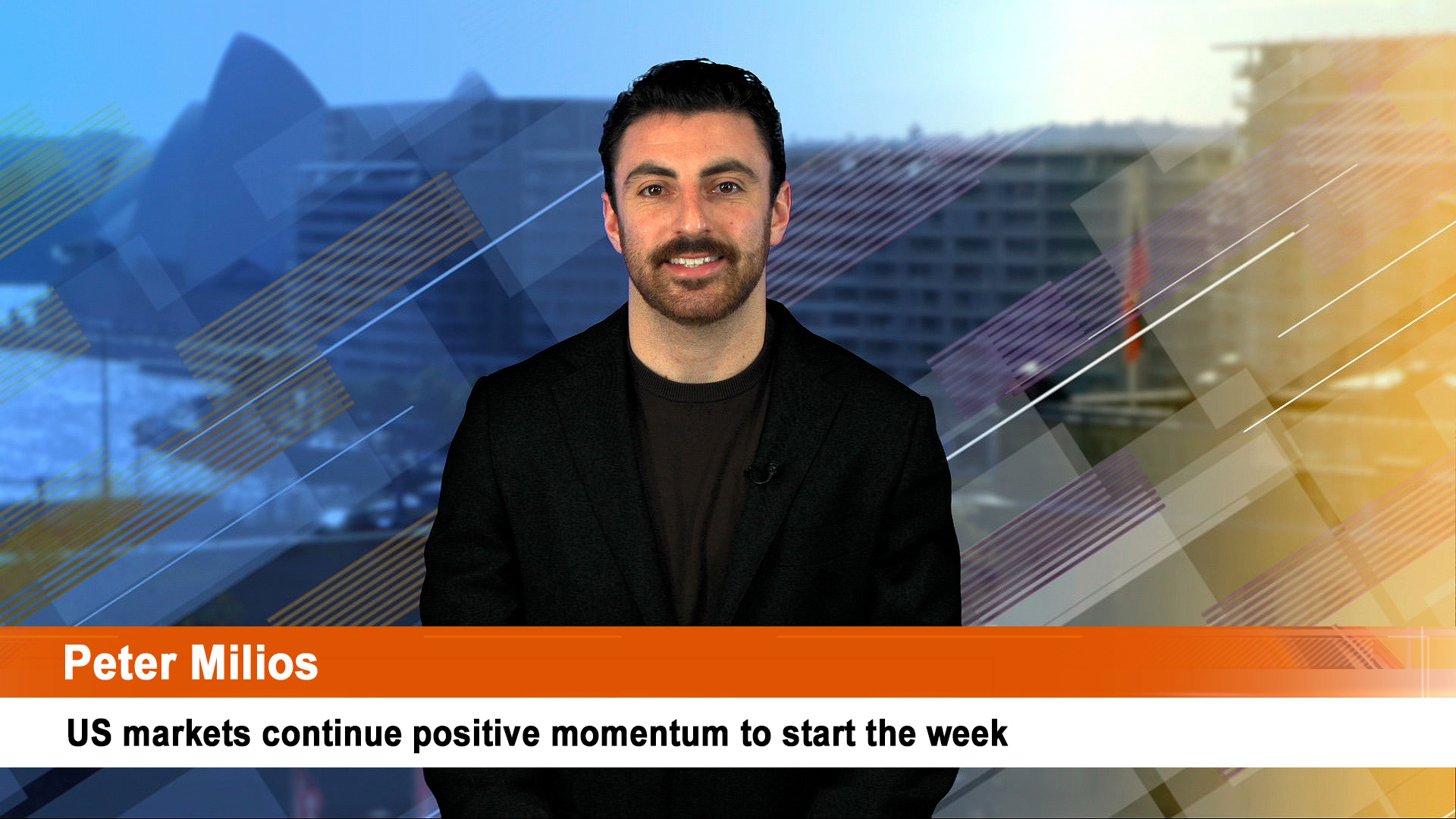It’s no wonder the Commonwealth Bank wants the Federal Government to slap restrictions on the ability of Apple to continue to issue financial products via its iPhone wallet.
The tremendous early success in the US of Apple’s 4.15% annual rate savings product, run from an iPhone (and banked in a Goldman Sachs branch in Arizona) has already seen $US1 billion or more of new deposits via more than 240,000 new accounts opened by owners of the ubiquitous phone.
That this surge of fresh money comes at a time when bank deposits are flowing out of small and medium US banks and into larger ones – and Apple’s product – tells us how trusted the iPhone maker has become for millions of Americans.
The Commonwealth said into a Senate inquiry into the influence of international digital platforms that “time is of the essence” when it comes to giving the Reserve Bank new powers to regulate Apple, and urged the federal government to take a leading role targeting big tech platforms entering the financial services sector to ensure they face the same rules as banks and other payment providers.
CBA said in its submission that payments with digital wallets on smartphones continue to surge and are more popular in Australia than many other countries.
CBA called for policymakers to get on the front foot and yet the claims from the country’s biggest bank look a little hollow when set against the just announced probe of the way the CBA, the ANZ, NAB and Westpac pass on rate rises from the Reserve Bank to their depositors.
The ACCC’s inquiry kicked off in late April with the release of an issues paper that raised questions about the behaviour of the big four banks when it came to depositors.
The ACCC called on customers, banks and stakeholders to share their views as part of its inquiry into how much of Reserve Bank interest rate rises are being shared with savers and whether the big four are using their market power wrongly.
ACCC chair Gina Cass-Gottlieb said in a statement that there was concentrated power among the banks and that “we do have to start with a level of concern” about how effective competition is in Australian banking, where the big four banks hold about 73% of all household deposits.
Treasurer Jim Chalmers in February ordered the inquiry into the broader deposit market, in light of mounting increases in the cash rate since May.
In 2018, the Productivity Commission found that CBA, Westpac, NAB and ANZ had substantial pricing power and that smaller lenders tended to mirror their pricing – an observation the ACCC will re-examine. “We’re seeking to test whether we’re seeing more competitive differentiation now,” Ms Cass-Gottlieb said in the statement.
Barriers to competition include restraints on customers being able to switch where they hold their deposits, and regulatory barriers for the entry of new banks and authorised deposit-taking institutions.
Once these barriers are lessened, Ms Cass-Gottlieb said consumers could expect prices paid to depositors through interest rates to be higher.
And yet in the US, Apple could have provided an answer.
The Apple Card Savings Account, a new integration for the iPhone Wallet app first announced last October kicked off in the US initially in mid-April.
The product and its initial 4.15% rate is a head turner, judging by the amount of publicity it has garnered since the announcement just over three weeks ago.
In the first four days after the launch on April 17, the savings account saw around $US1 billion deposited, $US400 million on launch day alone in the last week of April.
About 240,000 accounts have been opened via iPhone at the Arizona branch of Goldman Sachs.
The savings product which is only available to holders of Apple’s credit card, Apple Card.
The Apple Card is designed to be used primarily through Apple Pay, Apple’s own NFC chip-enabled and online payments service featured within iPhones, iPads, Apple Watch, and Mac devices. Users can set up and manage their Apple Card savings account directly from Apple’s Wallet app.
Clients can open a savings account in less than one minute directly from their iPhone. Apple Card spend rewards, called daily cash, are automatically directed into the high yield account.
Before the new Apple savings account, daily cash rewards were automatically deposited into Apple Cash, a prepaid digital card held in the iPhone’s digital wallet and issued by Green Dot Bank (an FDIC deposit insured online bank ) online bank.
US group Crone Consulting estimates that $US3.8 billion a year deposited into Apple Cash from the Apple Card, funds which will now make their way into the savings account. Apple High Yield Savings accounts cannot exceed the $US250,000 FDIC insurance limit which adds to the attraction.
And Moody’s reckons it is a negative for existing banks in the US – that’s why the Commonwealth doesn’t like what Apple is doing – the potential threat is enormous.
“Apple’s new savings product is credit negative for incumbent banks and cash alternatives such as money market funds.
“The new savings account deepens Apple’s offering of financial services products, which already includes a digital wallet, credit card and its buy-now-pay- later credit offering, Apple Pay Later.
“The expansion aligns with a common technology firm strategy to increase the scope, utility and appeal of their digital platforms.,” Moody’s said last week.
“Apple has a consistently strong consumer brand and prominence in the US consumer market, and is the world’s largest company by market capitalisation. If Apple promotes the savings product aggressively, it could attract a significant amount of savings to the Apple ecosystem and away from traditional banks.
“Through the partnership, Goldman Sachs could benefit from increased deposit funding through the broad reach of Apple’s digital ecosystem,” Moody’s said.
America currently had $US17.43 trillion in deposits as at April 5 and Apple wants its share. A 1% share over time would mean around $US170 billion, a very large amount of money for Apple and Goldman Sachs.
Apple is currently valued at more than $US2.6 trillion – that’s six times the value of America’s biggest and most profitable bank, JPMorgan Chase which last month revealed a 52% jump in March quarter earnings and said it picked up $US50 billion in new deposits from other banks in the fallout from the collapse of Silicon Valley and Signature Banks in mid-March.
JPMorgan this week took over the failed First Republic Bank, picking up over $US90 billion in deposits and on Wednesday PacWest Bancorp admitted that it was in trouble and looking for buyers for itself or its assets.
It is obvious the problems in the wake of those collapses (and that of the crypto friendly Silvergate Bank) have no fears for Apple, its banker, Goldman Sachs or potential American customers.
Apple wants to parlay the near 57% share of all iPhones in the US into a deposit harvesting operation that could over time, test the ability of rest of the US banking sector to hang on to the trillions of dollars in deposits
The deposit account followed three weeks after Apple launched its long awaited buy now pay later scheme, Apple Pay Later, using a Mastercard issued by Goldman Sachs.
Obviously starting a similar deposit collection system in Australia will be very different – the ACCC would very likely block any attempt to involve one of the big four banks in such a scheme.
Macquarie Group would probably make the cut. Macquarie has a growing retail banking operation as well as a growing home mortgage business.













